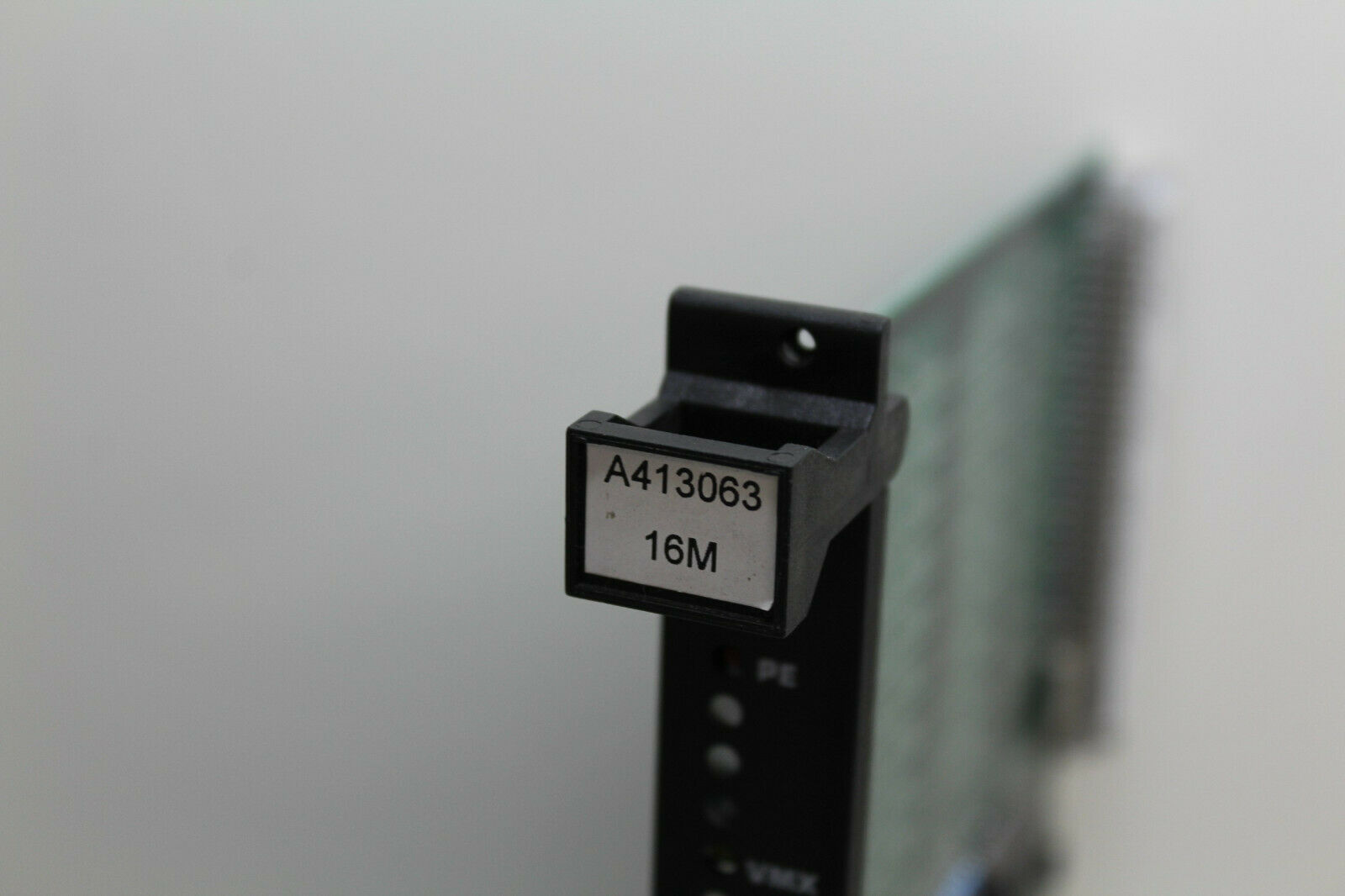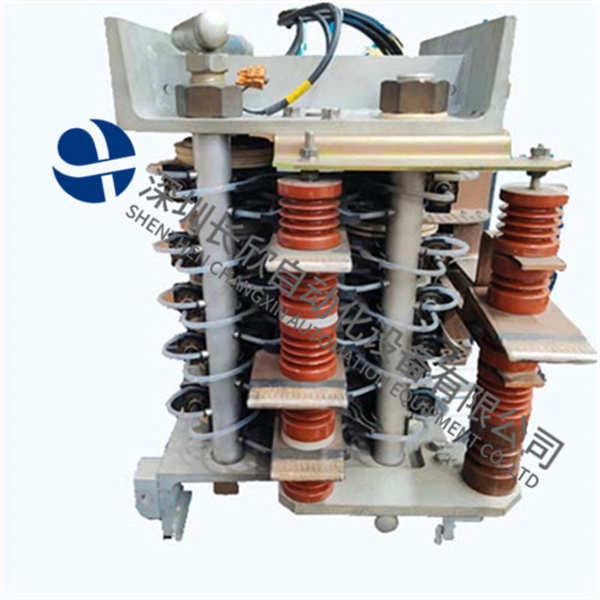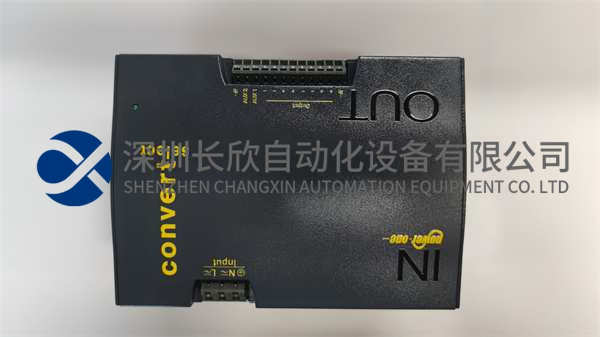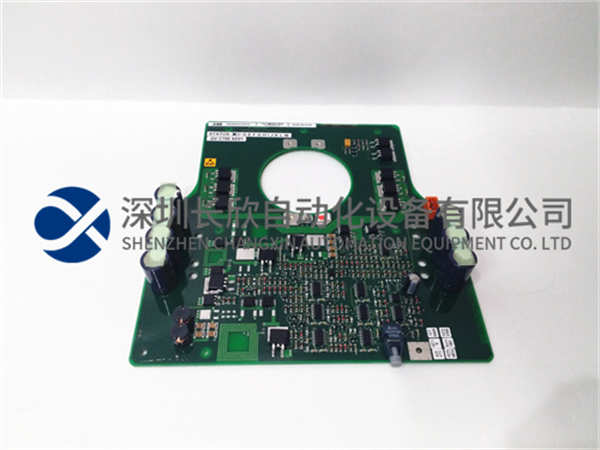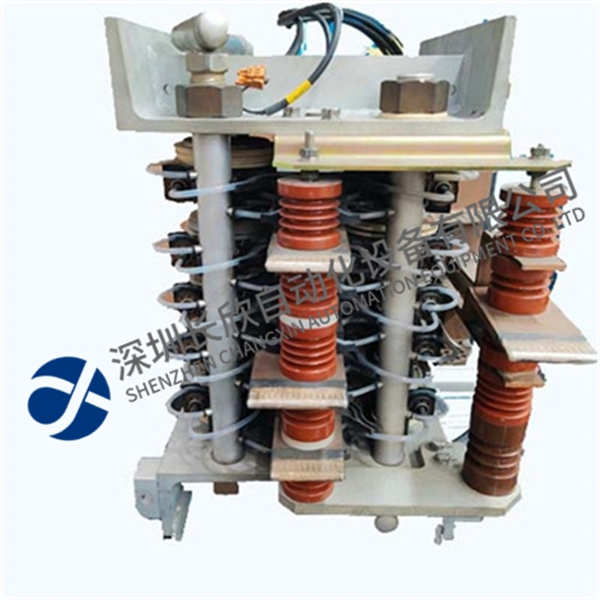描述
1.产品定位与核心功能
VALM-818417推测为高温超导兼容型阀门定位器,定位能源炼化、航空航天热控及超导磁体系统,聚焦液态金属冷却、毫秒级热冲击响应与磁场环境适应性。其核心功能包括:
控制性能:
-位置精度:±0.005%(全行程范围内,抗热膨胀形变);
-响应时间:≤3ms(超导失超保护模式)。
环境适应性:
-温度范围:-269°C(液氦)至+400°C(超导冷却剂);
-磁场兼容性:耐10特斯拉以上静态磁场。
2.关键技术参数
项目典型规格(参考同类产品)
输入/输出
-输入信号:4–20mA DC(支持PROFINET IO);
-输出类型:Inconel 718阀体+金刚石涂层阀芯(热导率>1000 W/m·K);
供电要求
-电压范围:9–36V DC(宽压输入,航天级冗余电源);
-功耗:≤5W(峰值),休眠模式<0.008W;
通信接口
-数字总线:SpaceWire(航天器数据总线标准);
-无线扩展:Ultra-Wideband(超导腔体内部通信)。
3.功能特性
超导系统适配:
-热管理算法:基于液态汞/钠冷却剂的相变控制模型;
-材料体系:非磁性钛合金+BN纳米润滑层(摩擦无颗粒生成)。
极端温控设计:
-双金属片补偿结构(消除-200°C温差形变);
-集成珀尔帖效应热电偶(实时监测阀体温度梯度)。
航天级安全:
-抗辐射加固(耐质子辐照剂量>1×10⁹p/cm²);
-失超保护逻辑:磁场突变时自动切换至预设安全位。
4.典型应用场景
能源与交通:
-磁约束核聚变装置冷却阀(兼容ITER标准);
-超导电缆低温阀(液氮工况,流量精度±0.01%)。
航空航天:
-液氢涡轮泵控制阀(耐空化腐蚀,压力脉动抑制至<1%);
-导弹级联推进剂阀(耐400°C燃气瞬时冲击)。
科研与医疗:
-超导MRI磁体冷却系统隔离阀(无磁干扰设计);
-聚变实验堆第一壁保护阀(耐14MeV中子辐照)。
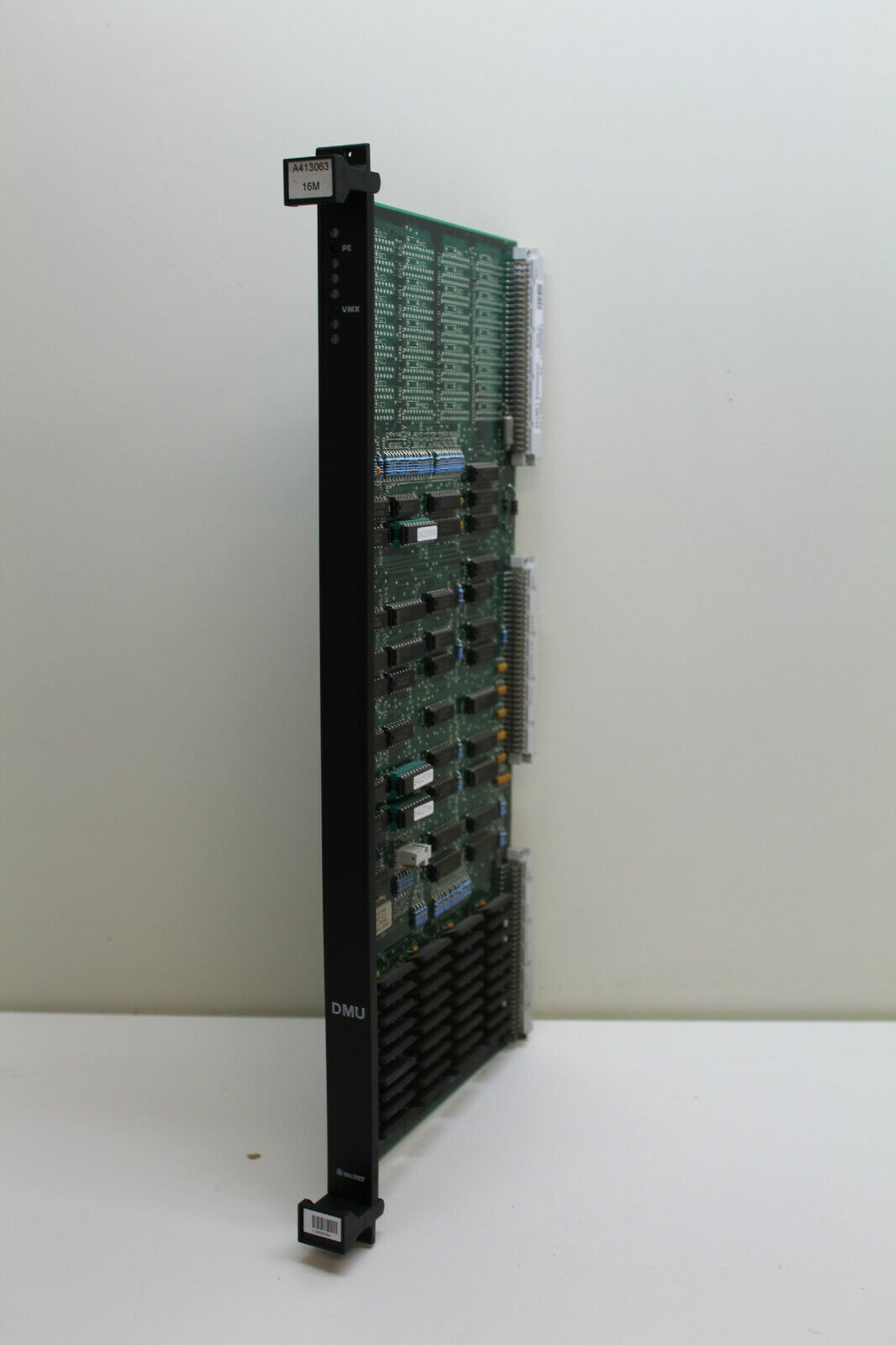
1.Product positioning and core functions
VALM-818417 is speculated to be a high-temperature superconducting compatible valve positioner that locates energy refining,aerospace thermal control and superconducting magnet systems,focusing on liquid metal cooling,millisecond thermal shock response and magnetic field environment adaptability.Its core functions include:
Control performance:
-Position accuracy:±0.005%(within the entire stroke range,resisting thermal expansion deformation);
-Response time:≤3ms(superconductor loss-protected mode).
Environmental adaptability:
-Temperature range:-269°C(liquid helium)to+400°C(superconducting coolant);
-Magnetic field compatibility:Resistance to static magnetic fields above 10 Tesla.
2.Key technical parameters
Project Typical specifications(refer to similar products)
Input/Output
-Input signal:4–20mA DC(supports PROFINET IO);
-Output type:Inconel 718 valve body+diamond-coated valve core(thermal conductivity>1000 W/m·K);
Power supply requirements
-Voltage range:9–36V DC(wide voltage input,aerospace-level redundant power supply);
-Power consumption:≤5W(peak),sleep mode<0.008W;
Communication interface
-Digital bus:SpaceWire(spacecraft data bus standard);
-Wireless extension:Ultra-Wideband(Superconducting cavity internal communication).
3.Functional characteristics
Superconducting system adaptation:
-Thermal management algorithm:phase change control model based on liquid mercury/sodium coolant;
-Material system:non-magnetic titanium alloy+BN nano-lubricating layer(generated without friction).
Extreme temperature control design:
-Bimetallic sheet compensation structure(eliminates temperature difference deformation of-200°C);
-Integrated Peltier effect thermocouple(real-time monitoring of valve body temperature gradient).
Aerospace-grade safety:
-Radiation-resistant reinforcement(proton radiation-resistant dose>1×10⁹p/cm²);
-Over-resolution protection logic:Automatically switch to the preset safe position when the magnetic field changes suddenly.
4.Typical application scenarios
Energy and Transportation:
-Cooling valve for magnetically constrained nuclear fusion device(compatible with ITER standard);
-Superconducting cable low temperature valve(liquid nitrogen working conditions,flow accuracy±0.01%).
Aerospace:
-Liquid hydrogen turbo pump control valve(resistant to cavitation corrosion,pressure pulsation is suppressed to<1%);
-Missile cascade propellant valve(resistant to instantaneous impact of 400°C gas).
Scientific research and medical treatment:
-Superconducting MRI magnet cooling system isolation valve(non-magnetic interference design);
-The first wall protection valve of the fusion experimental reactor(resistant to 14MeV neutron radiation).

